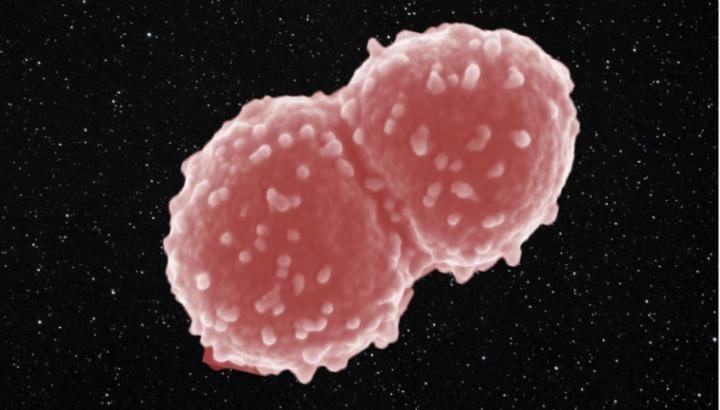With UV radiation, vacuum, huge temperature fluctuations, and microgravity, surviving in the outer space is not a joke. Astronauts at ISS suffer from things like loss of gut microbiome, loss of bone density etc even after staying inside protected ISS.
Staying in space outside ISS can be deadly but this microbe named Deinococcus radiodurans was still alive even after one year on a special platform outside the pressurised module of ISS.
A team of scientists has been investigating these microbes for a while. As a part of their research, an international team set up the Tanpopo mission on the outside of the Japanese Experimental Module Kibo, to put hardy bacterial species to the test.
They dehydrated the bacterial cells and shipped them to the ISS. The cells were then placed in the Exposed Facility, a platform continuously exposed to the space environment; in this case, the cells were behind a glass window that blocked out UV light at wavelengths lower than 190 nanometres.
“Results presented in this study may increase awareness regarding planetary protection concerns on, for instance, the Martian atmosphere which absorbs UV radiation below 190-200 nm,” the team from Austria, Japan, and Germany wrote in their new paper.
The main aim of the current research was not to measure the longest time. “This isn’t the longest time D. radiodurans has been kept in these conditions – back in August we wrote about a sample of the bacterium being left up there for three whole years”. The main aim was to uncover the things which make the microbe so good at extreme conditions.
So, after a year of outer space, researchers got the microbes back down to Earth, rehydrated both control bacteria that had spent the year on Earth and the Low Earth Orbit (LEO) sample, and compared their results.
The survival rate was a lot lower for the LEO bacteria compared to the control version, but the bacteria that did survive seemed to be doing okay, even if they had turned a little different to their Earth-bound brethren.
The team found that the bacteria from outer space were covered with small bumps or vesicles on the surface, a number of repair mechanisms had been triggered, and some proteins and mRNAs had become more abundant.
Researchers are still not sure why the vesicles formed, but they do have a couple of ideas.
“Intensified vesiculation after recovery from LEO exposure can serve as a quick stress response, which augments cell survival by withdrawing stress products,” the team wrote.
“Additionally, outer membrane vesicles may contain proteins important for nutrient acquisition, DNA transfer, transport of toxins and quorum sensing molecules, eliciting the activation of resistance mechanisms after space exposure.”
“These investigations help us to understand the mechanisms and processes through which life can exist beyond Earth, expanding our knowledge on how to survive and adapt in the hostile environment of outer space,” said Tetyana Milojevic, a biochemist from the University of Vienna.
Journal Reference:
Ott, E., Kawaguchi, Y., Kölbl, D. et al. Molecular repertoire of Deinococcus radiodurans after 1 year of exposure outside the International Space Station within the Tanpopo mission. Microbiome 8, 150 (2020). DOI: 10.1186/s40168-020-00927-5

